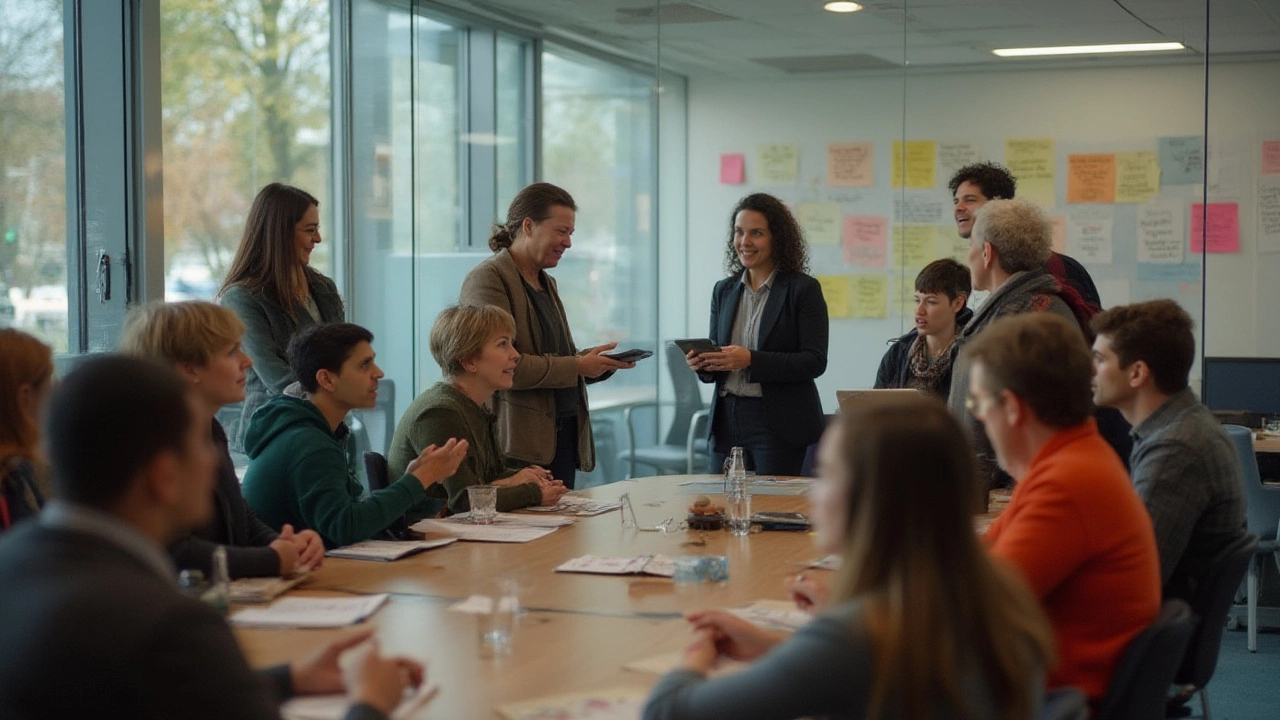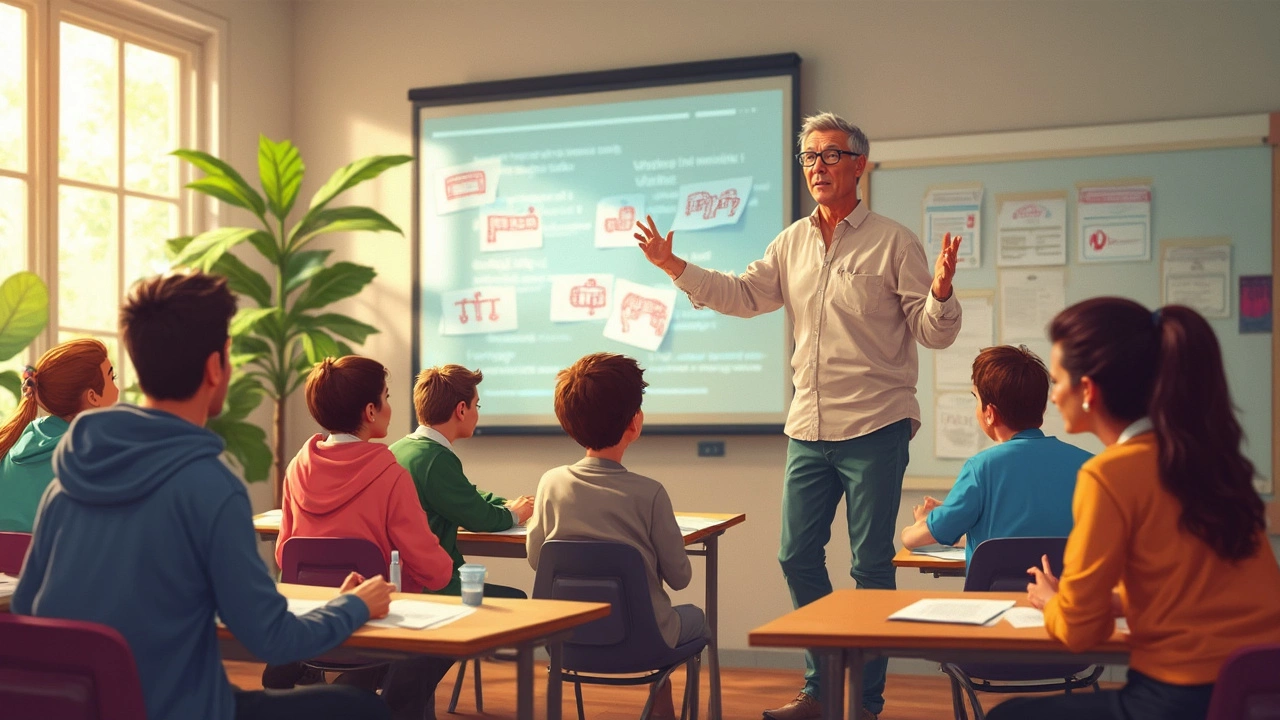Teaching Methods: Practical Tips for Kids and Adults
Finding a method that clicks can feel like hunting for a hidden treasure. Whether you’re a primary teacher, a parent helping with homework, or an adult learner back in the classroom, the right approach makes a huge difference. Below are straightforward techniques you can try today, no fancy jargon required.
Why the Right Method Matters
Kids remember information better when they actually do something with it. A simple activity like the 3‑2‑1 memory trick—write three things you learned, two questions you have, and one way to use the knowledge—turns passive listening into active recall. The same idea works for adults. When you break a topic into bite‑size pieces and test yourself, you keep the brain engaged and avoid the slump that comes from endless reading.
Simple Methods to Try Today
Chunk it up. Split lessons into 10‑15 minute chunks. For a primary class, that might be a short story, a quick hands‑on experiment, then a brief discussion. Adults can apply the same rule by tackling a chapter, then summarizing the key points before moving on. This keeps focus sharp and reduces mental fatigue.
Use spaced repetition. The 2357 revision method—review material after 2, 3, and 5 days—helps lock knowledge into long‑term memory. Primary pupils can have a quick flash‑card session at the end of the week, while adult learners might schedule short online quizzes after each module.
Mix visual and verbal cues. A picture of a process or a simple diagram can turn a confusing concept into something clear. In a primary classroom, a colourful chart showing the life cycle of a butterfly makes the lesson stick. For adults, a flowchart of a project plan can replace long paragraphs of text.
Teach what you learn. Explaining a new idea to someone else forces you to organise your thoughts. Pair up primary students for short “teach‑back” sessions, or join an adult study group where each person presents a mini‑lesson. The act of teaching reinforces the material for both the teacher and the listener.
Incorporate movement. A quick stretch or a classroom “stand‑up” activity re‑energises everyone. Primary kids love a “move‑and‑learn” game where they act out a story element. Adults can take a brief walk while reviewing notes, which boosts circulation and keeps the brain alert.
These methods aren’t one‑size‑fits‑all, but they give you a toolbox to experiment with. Try one technique for a week, see how the kids or your own learning responds, then adjust. The goal isn’t perfection—it’s steady progress and a bit more fun in the process.
Remember, the best teaching method is the one that makes learning feel natural, not forced. Keep it simple, stay flexible, and watch both young minds and adult learners thrive.
-
30
- 0
Unpack the most effective teaching methods for adults, with practical tips and real-world facts on engaging, motivating, and supporting adult learners. Read more
-
15
- 0
Starting to teach adults can be a rewarding experience if approached with the right strategies. Understanding adult learning principles is crucial, as adults bring a wealth of experiences that influence how they learn. This guide will navigate you through effective preparation, creating engaging lesson plans, and fostering a welcoming learning environment. Explore tips for utilizing technology to enhance learning and advice on continuous self-improvement as an educator. Read more
Tags Weight
- education
- exam preparation
- study tips
- adult education
- online courses
- adult learning
- lifelong learning
- distance learning
- GCSE revision
- online education
- private tutoring
- special needs education
- scholarships
- remote learning
- scholarship tips
- financial aid
- international students
- effective learning
- e-learning
- education funding


